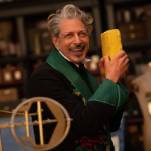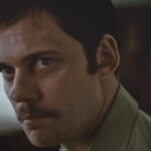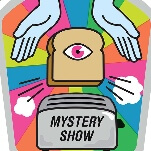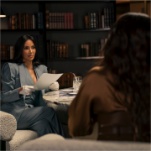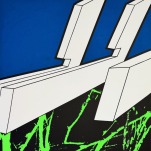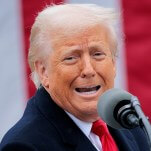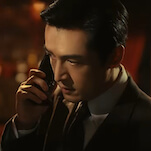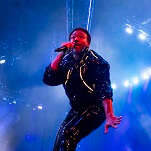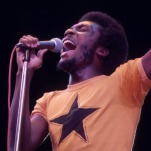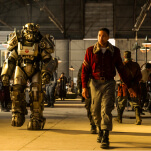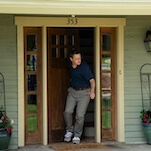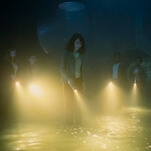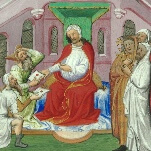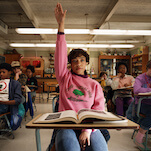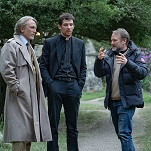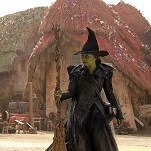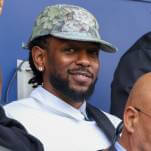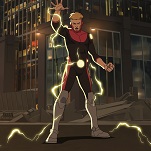Robert E. Howard, a big, brawling, bookish son of the Texas plains born into the first era in which the United States could truly call the region settled, lived in front of a typewriter, dreaming up tales of powerful men and lusty women. His fantasies synced up with those offered in pulp magazines like Weird Tales, allowing him to eke out a living selling stories at pennies a word. With his most famous character, the warrior Conan, Howard crafted pulp-friendly stories of blood, bare flesh, and magic that doubled as a long, sustained sigh about the fragility of civilization and the hypocrisies of those who called themselves civilized. Howard made Conan a brute with a point of view, and with him created the sword-and-sorcery genre. Anyone trying to adapt Conan to the big screen has the burden of doing right by one of the most influential imaginations of the 20th century, but also a lot of rich material with which to work.
It shouldn’t, in other words, be that hard to make a good Conan movie. John Milius did a half-decent job with Conan The Barbarian in 1982, but this new film of the same name feels like a half-hearted revamp of virtually any of the Conan rip-offs that clogged up video-store shelves in the ’80s. It could just as easily be called Johnny Swordguy as Conan. Commercial director turned botched-remake expert Marcus Nispel (The Texas Chainsaw Massacre, Friday The 13th) throws in a full complement of clanging swords, spurting blood, and necromancy, but ties them to a revenge tale that has Conan seeking revenge against a megalomaniacal warlord (Stephen Lang) in possession of a mystical mask and his spell-casting daughter (Rose McGowan). The trouble starts with a prologue featuring a head-spinning info dump rivaled only by David Lynch’s adaptation of Dune, and the film improves only marginally during a sequence detailing Conan’s upbringing at the hands of a father played by Ron Perlman. (Those scenes’ snow-and-mud aesthetic owe an unacknowledged debt to Kurt Busiek and Greg Ruth’s Born On The Battlefield graphic novel, an example of how to update Conan for modern audiences that the film might have looked at a little more closely.)
Any flickering hope dies with the coming of the grown-up Conan, played by Jason Momoa. The hulking Momoa’s effective in a not-worlds-removed-role on Game Of Thrones, but unlike in Thrones, here he barks and growls his dialogue with the unpracticed enthusiasm of a first-time Ren Fair performer. He’s not acting. He’s LARPing. The grim material around him doesn’t provide much distraction. Nispel seems lost when trying to film a simple swordfight, much less the full-on battles: The special effects are sparing and not particularly special, and the green-screen backgrounds and scenes shot in what looks like the cloudiest parts of Bulgaria make a poor substitute for Howard’s Hyborian Age landscapes. They, and the stories that take place there, remain again trapped on the page waiting for a better adaptation.


